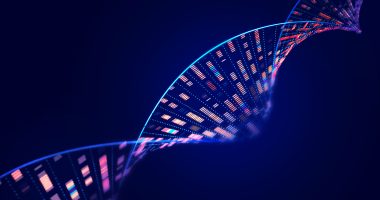AN unusual dolphin with thumb-like extensions on its flippers has baffled scientists.
Experts suspect the creature’s rare look is due to a genetic mutation that occurred in the womb.
The dolphin was first photographed in the Gulf of Corinth near Greece.
It was spotted earlier this year in July by researchers from the Pelagos Cetacean Research Institute.
The team has been studying a mixed-species dolphin society off the coast of Greece.
The extremely rare striped dolphin features in a video that the institute published on YouTube.
It’s been spotted at least twice and appears healthy.
Alexandros Frantzis was part of the team and told Live Science that the dolphin was able to keep up with the rest of its pod.
He also told the outlet: “It was the very first time we saw this surprising flipper morphology in 30 years of surveys in the open sea and also in studies while monitoring all the stranded dolphins along the coasts of Greece for 30 years.”
The unusual thumb-like feature on the dolphin’s flippers could be due to interbreeding.
Most read in News Tech
There are only around 1,300 striped dolphins in the Gulf of Corinth.
This limited population may have driven related dolphins to interbreed.
Interbreeding limits the gene pool and can result in offspring receiving recessive or mutated genes.
Associate professor Lisa Noelle Cooper from the Northeast Ohio Medical University confirmed the genetic mutation theory to Live Science.
She’s quoted as saying: “Given that the defect is in both the left and right flippers, it is probably the result of an altered genetic program that sculpts the flipper during development as a calf.”
Although the flipper feature looks like a thumb, it isn’t said to work like one.
Experts suspect the appendage doesn’t contain bone.
Opposable thumbs that allow humans to grab objects are classic characteristics of primates and some marsupials.











